Basically, for the circuit I'm making, I need it to be powered by a Lithium battery. Also, this Lithium battery has to be able to be charged via USB.
I have seen external chargers for doing so, however, these would require for me to take the battery out each time and then re-charge it.
I have found this product, on sparkfun: Sparkfun
And the circuit/useage schematic looks like:

So if I understand this correctly:
Pin 1: USB (Power Lead) Pin 2: USB (GND)
Pin 5: BAT (Power Lead)
The question is this: Suppose this is charging the battery, how can I therefore power the circuit? Since, I'm guessing that both of the leads from the Lithium battery go into the charger, rather than the circuit or the PIC?
